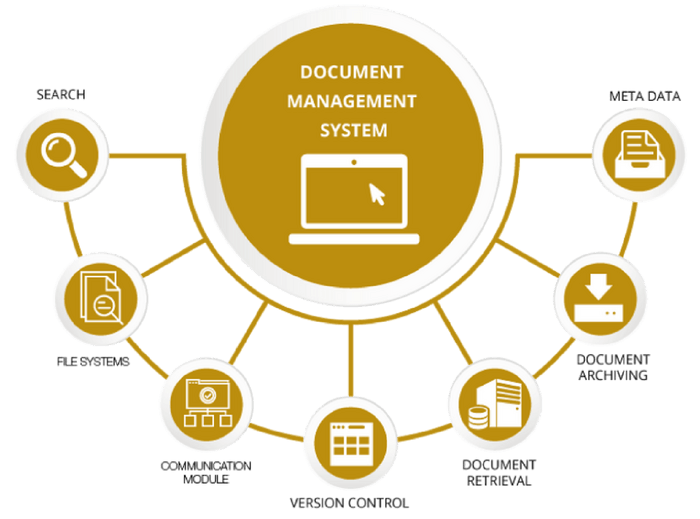In today’s digital age, data security is a top priority for businesses of all sizes. Traditional paper-based document management methods can be cumbersome, time-consuming, and vulnerable to risks such as loss, theft, or damage. That’s where electronic document management systems (EDMS) come into play. EDMS offer a secure and efficient way to manage and protect your valuable business documents. In this article, we will explore the benefits of enhancing document management with electronic systems and how they can help secure your data.
- Data Encryption and Access Control: Electronic document management systems provide robust security features, including data encryption and access control. Encryption ensures that your documents are protected during transmission and storage, making it extremely difficult for unauthorized individuals to access or decipher the data. Access control mechanisms allow you to define user roles and permissions, ensuring that only authorized personnel can view, edit, or delete sensitive documents. By implementing these security measures, you can have peace of mind knowing that your data is protected from unauthorized access.
- Disaster Recovery and Backup: Paper documents are susceptible to physical damage from disasters such as fire, floods, or theft. Electronic document management systems offer automated backup and disaster recovery capabilities. Your documents are securely stored in digital format, and regular backups are created to safeguard against data loss. In the event of a disaster, you can quickly restore your documents and resume business operations without significant disruptions. This level of protection ensures the continuity of your business and minimizes the risk of permanently losing critical information.
- Version Control and Audit Trail: Maintaining the integrity of your documents is crucial, especially when multiple users are involved in the editing process. Electronic document management systems enable version control, allowing you to track changes, compare different versions, and revert to previous versions if necessary. This feature ensures that you always have access to the most up-to-date and accurate version of a document. Additionally, an audit trail records every action taken on a document, including who made changes, when they were made, and what changes were made. This provides transparency and accountability, making it easier to identify any unauthorized modifications.
- Secure Document Sharing and Collaboration: Electronic document management systems facilitate secure document sharing and collaboration among team members, both internally and externally. Instead of relying on insecure email attachments or physical copies, you can securely share documents through encrypted links or user-access portals. Access permissions can be defined, allowing you to control who can view, edit, or download the shared documents. Collaboration features, such as simultaneous editing and commenting, promote efficient teamwork while maintaining data security. This streamlined collaboration process reduces the risk of unauthorized access and data leakage.
- Regulatory Compliance: Many industries are subject to strict regulatory requirements regarding data privacy and security. Electronic document management systems help businesses comply with these regulations by providing a secure environment for document storage and management. These systems often include features such as document retention policies, data encryption, and access controls, which align with industry-specific compliance standards. By implementing an EDMS, you can streamline your compliance efforts, avoid costly penalties, and demonstrate your commitment to data security.
- Centralized Document Management: Paper-based document management often results in scattered information, making it difficult to locate and retrieve specific documents when needed. Electronic document management systems offer centralized storage, indexing, and search capabilities, allowing you to quickly locate documents based on keywords, metadata, or other criteria. This eliminates the time wasted searching through physical files and folders, improving efficiency and productivity. Additionally, centralized document management reduces the risk of misplacing or losing important documents, ensuring that your data is securely organized and easily accessible.
- Improved Data Privacy: Privacy breaches can have severe consequences for businesses, including reputational damage and legal liabilities.
